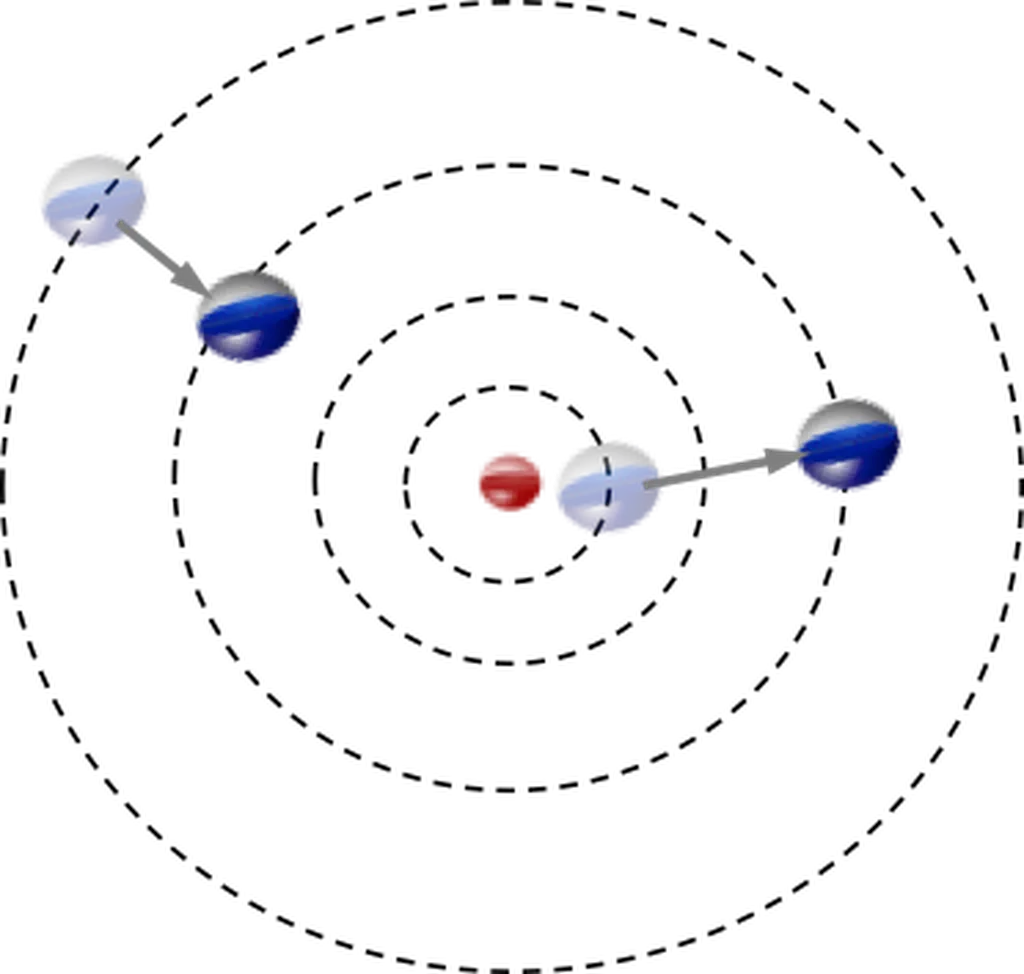In the realm of quantum chemistry and computational science, a team of researchers from the Max Planck Institute for Chemical Energy Conversion, the University of Szeged, NVIDIA, and Pacific Northwest National Laboratory has made significant strides in optimizing orbital calculations using advanced computational techniques. This group, led by Örs Legeza and Frank Neese, has developed a novel approach that combines the density matrix renormalization group (DMRG) method with the complete active space self-consistent field (CAS-SCF) approach, implemented within the ORCA program package.
The researchers have leveraged the computational power of the latest NVIDIA GPU hardware to perform CAS-SCF based orbital optimizations for unprecedentedly large active spaces. Their method allows for the handling of molecular systems with active spaces comprising hundreds of electrons in thousands of orbitals. Specifically, they demonstrated the capability to perform calculations for active spaces as large as 82 electrons in 82 orbitals [CAS(82,82)].
The study, published in the Journal of Chemical Theory and Computation, provides a detailed scaling and error analysis of their DMRG-SCF approach for benchmark systems consisting of polycyclic aromatic hydrocarbons and iron-sulfur complexes of varying sizes. The researchers found that highly accurate DMRG calculations at large bond dimensions are critical for obtaining reliably converged CAS-SCF energies. This finding underscores the importance of precise computational methods in achieving accurate results.
For the more challenging iron-sulfur benchmark systems, the optimized orbitals of a converged CAS-SCF calculation were found to depend more sensitively on the DMRG parameters than those for the polycyclic aromatic hydrocarbons. This sensitivity highlights the complexity of these systems and the need for robust computational methods to handle them effectively.
The ability to obtain converged CAS-SCF energies and orbitals for active spaces of such large sizes within days represents a significant advancement. This breakthrough reduces the challenges associated with including the appropriate orbitals into the CAS or selecting the correct minimal CAS. It may open up entirely new avenues for tackling strongly correlated molecular systems, which are prevalent in various energy-related applications, such as catalysis, materials science, and energy storage.
The practical applications of this research in the energy sector are manifold. For instance, understanding the electronic structure of complex molecules involved in catalytic processes can lead to the development of more efficient and sustainable energy conversion technologies. Similarly, the insights gained from studying strongly correlated molecular systems can inform the design of advanced materials for energy storage and conversion, contributing to the broader goal of transitioning to a more sustainable energy future.
This article is based on research available at arXiv.

